Leaving Lisbon—with its azulejo-covered buildings, old-fashioned trams, and intimate fado bars—is the last thing most people want to do. But beyond its seven hills and riverfront charm are fairytale palaces, medieval towns, golden beaches, and UNESCO-recognized literary cities—all within a day trip’s distance. These are the five Lisbon day trips we’d vouch for as being well worth the time away from Portugal’s all-too-captivating capital city.
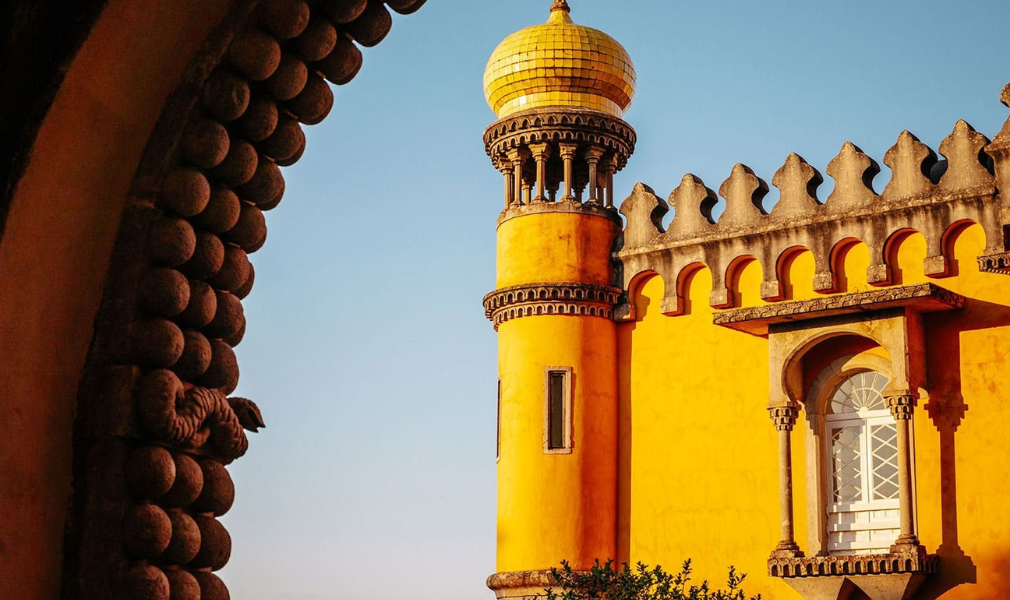
Spend a day in the storybook scenes of Sintra
Built right into the lush and rolling Serra de Sintra hills, just a short 40-minute train ride from Lisbon, Sintra is like stepping inside a fairytale. Known for its misty and moss-covered woods, whimsical palaces, and Knights Templar footprints, Sintra’s UNESCO-recognized cultural landscape supplies plenty of things to do, see, and sample to fill an entire day, let alone a few. The highlights include the Palácio da Pena, the colorful 19th-century hilltop palace of King Ferdinand II, and nearby Castelo dos Mouros, a 10th-century remnant of Sintra’s former Moorish occupation.
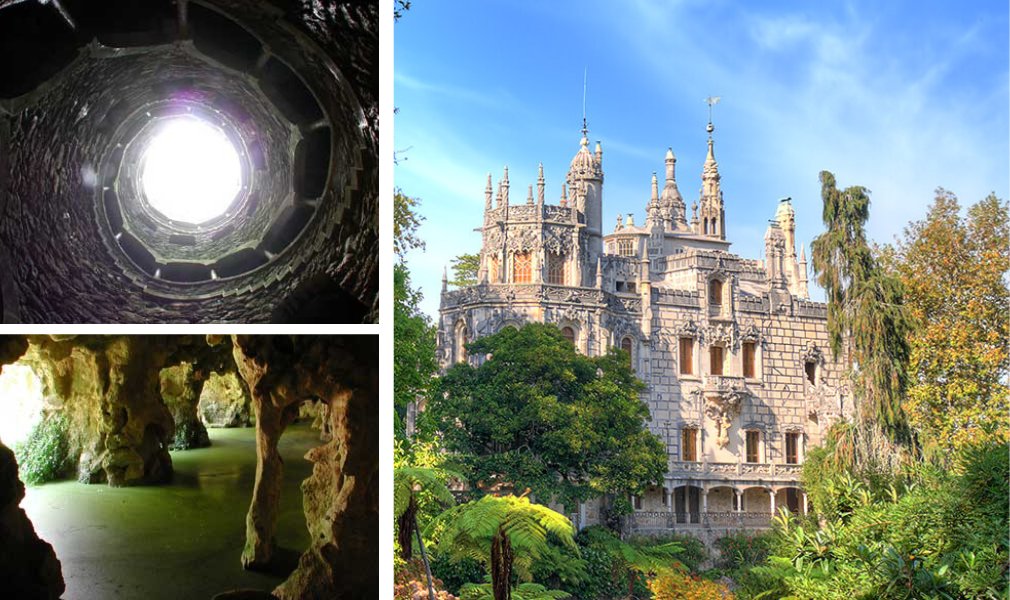
Back down near Sintra’s cobblestone streets and pastel-colored shopfronts are the mysterious wells and hidden grottos of the Quinta da Regaleira and the medieval Palácio Nacional de Sintra with its distinctive white chimneys and traditionally tiled rooms. Before hopping back on the train to Lisbon, be sure to stop into Casa Piriquita for a taste of Sintra’s signature sweet, the travesseiro, a pillow-shaped puff pastry with an egg and almond filling.
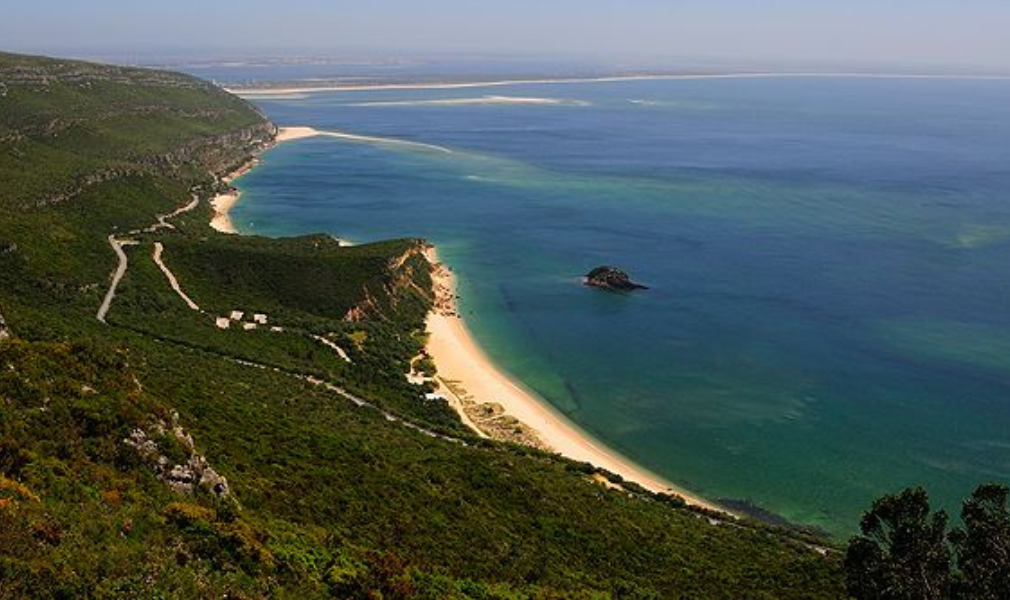
Sample the wine, secret beaches, and trails of Sesimbra and Arrábida Natural Park
Less than an hour south of Lisbon by train and by car, Sesimbra is a charming seaside town with direct access to not only the rugged chalk cliffs, lush forest trails, and secret Caribbean-like beaches (like Praia dos Coelhos or Praia da Ribeira do Cavalo) of Arrábida Natural Park, but the nearby town of Azeitão where the sweet and aromatic Moscatel wine is famously produced.
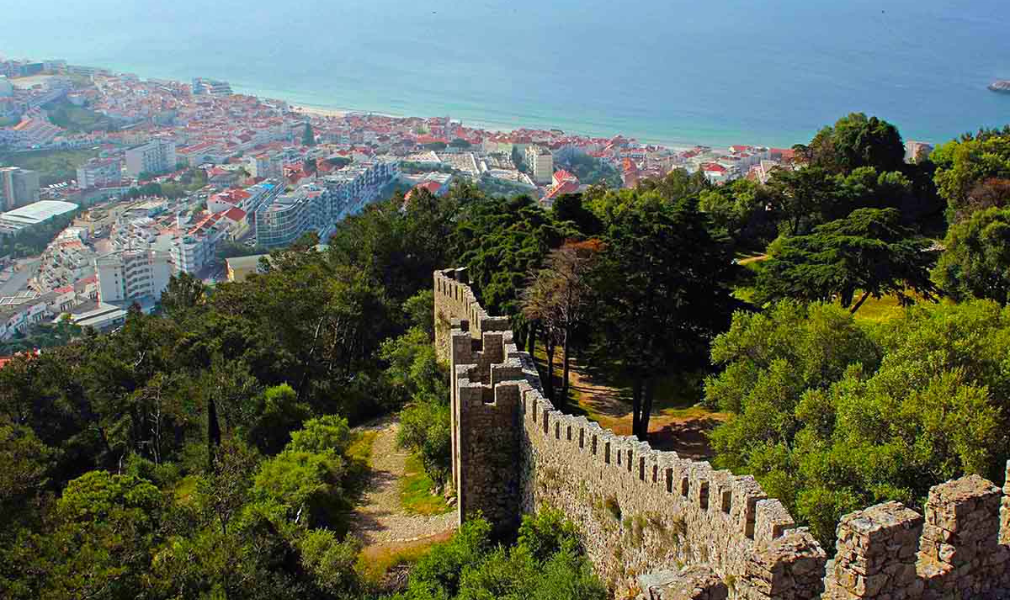
If hiking’s out, go for any one of Sesimbra’s other acclaimed activities like diving, coasteering, surfing, or a dolphin-watching boat tour, but be sure to save room and time for a seafood feast before parting ways. Sesimbra’s restaurants serve some of the best grilled fish and cataplana, a Portuguese seafood stew, in Portugal. Then, finish off your day trip with a walk up to the Castelo de Sesimbra, a Moorish-era castle with panoramic views of the town and coastline.
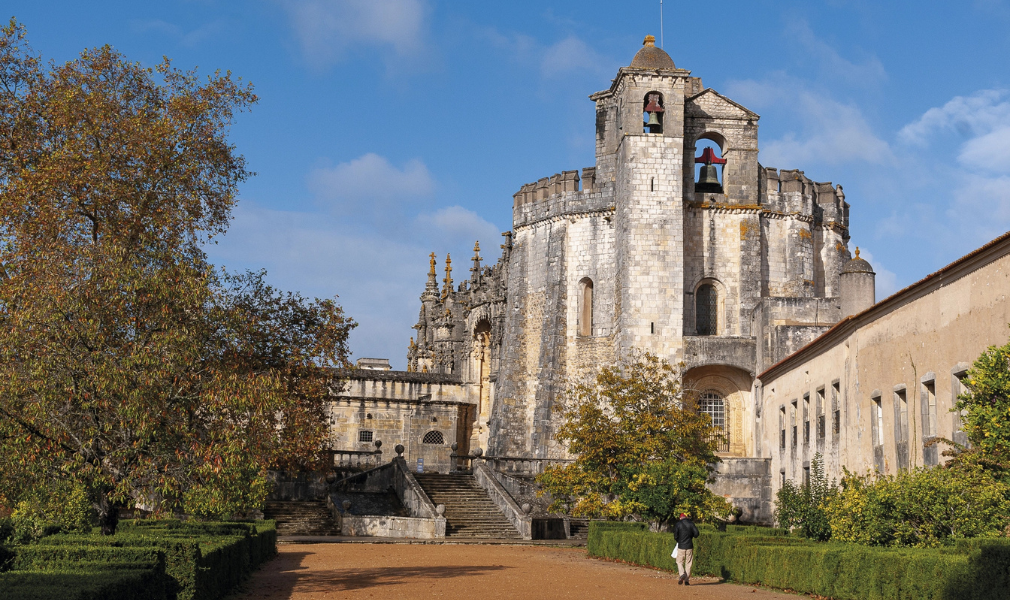
Immerse yourself in the tales and traditions of the Knights Templar in Tomar
An hour and a half northeast of Lisbon, the riverside town of Tomar is one of Portugal’s most historically significant destinations due to its strong ties to the crusading Knights Templar. Start your day exploring the Manueline architecture, 16-sided Charola chapel, and hidden passageways of the Convento de Cristo, a UNESCO World Heritage site and former stronghold of the Templars in Portugal. After, order some regional cuisine to-go, like bucho recheado (stuffed pork stomach), fried eel, or grilled lamprey, and picnic in the serene Mouchão Park next to the park’s iconic 16th-century water wheel.
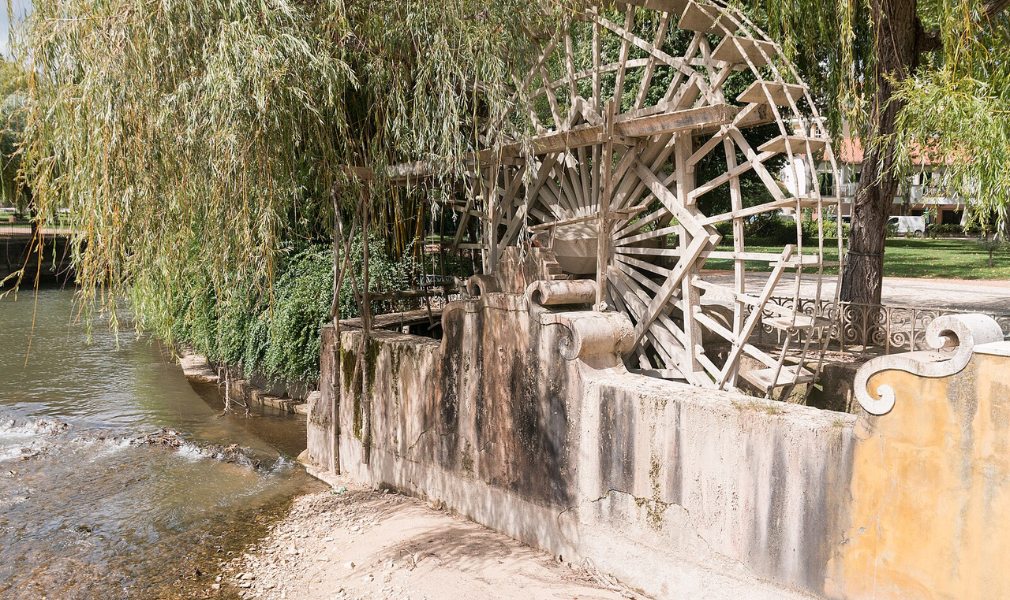
For a taste of Tomar’s quirky side, visit the Museu de Fósforos inside of the beautiful 17th-century Convento de São Francisco. This one-of-a-kind museum is home to the world’s largest collection of 19th and 20th-century matchboxes–43,000 matchbooks from 120 countries, to be exact–that offer a unique glimpse into the changing fashion, figures, and trends of the era.
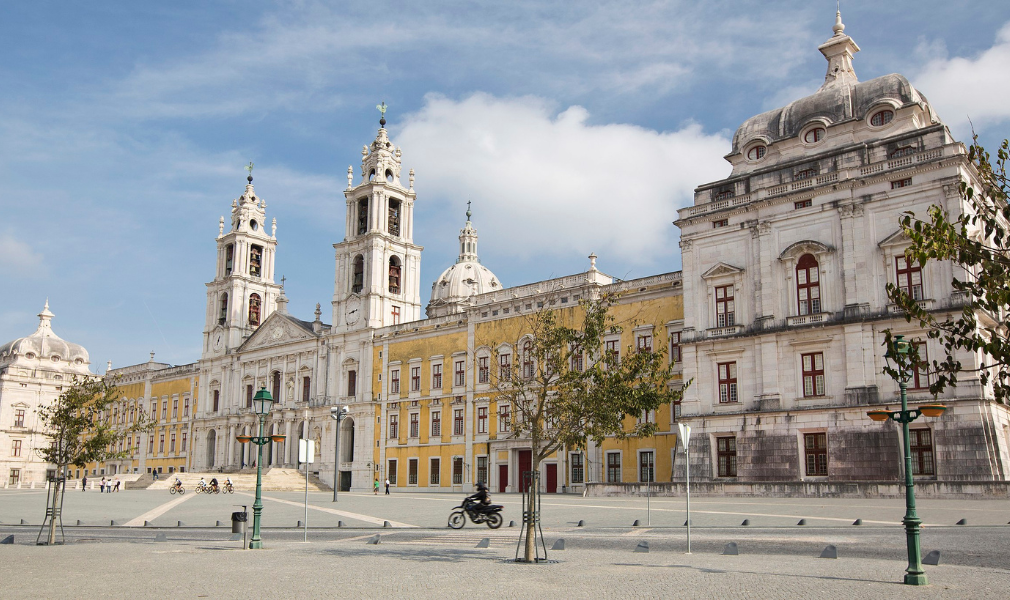
Balance sightseeing with beach time in Mafra and Ericeira
Less than an hour northwest of Lisbon, Mafra and Ericeira beckon with opulent royal palaces, protected nature reserves, and a laid-back surf culture. Visit one or both for a day of surf, sun, and seafood, starting with a visit to the 18th-century Palácio Nacional de Mafra, a UNESCO World Heritage site often touted as Portugal’s Versaille and home to one of the largest basilicas in Portugal and a library of more than 36,000 ancient books and bat-protected manuscripts.

Spot deer, wild boar, and birds of prey in the 800-hectare Tapada Nacional de Mafra, a protected nature preserve laced with hiking and biking trails that once served as the royal hunting grounds of King João V. Amidst Ericeira’s blue-trimmed and white-washed facades, fuel up with an espresso and Portuguese pastry at one of its seaside cafes and then paddle out for a surf in Europe’s first World Surfing Reserve at prime spots like Ribeira d’Ilhas, Coxos, or São Lourenço.
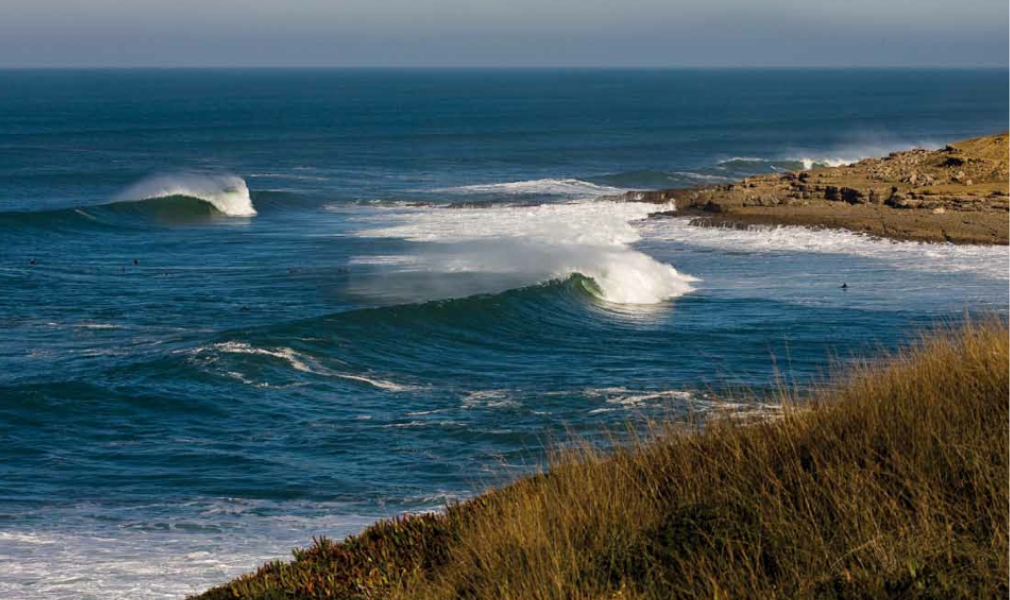

Become a bibliophile for a day in Óbidos, Portugal’s literary capital
Just an hour north of Lisbon, Óbidos is a charming walled city with a medieval past and a book-centric present. Literally a UNESCO City of Literature, Óbidos’ most famous identity is best discovered through its bookshops like Livraria de Santiago, book-themed hotels like The Literary Man, and annual Literary Festival held each October.
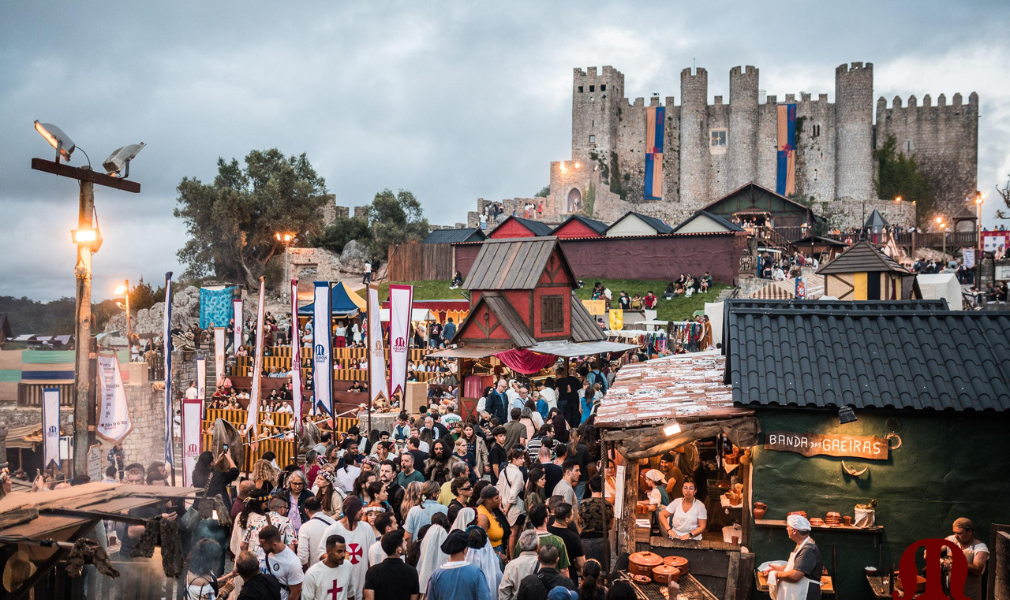
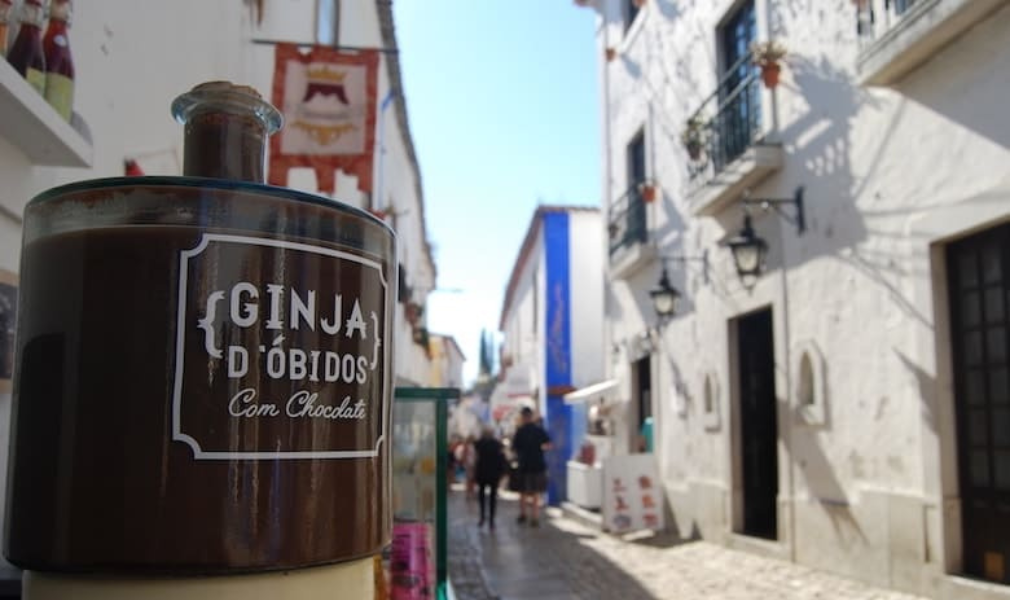
Besides admiring the hilltop Moorish castle-turned-historic hotel and walkable castle walls, another great way to dig into Óbidos’ medieval side is at the Mercado Medieval, held every July. Dress up in medieval garb and join the crowds for jousting tournaments, archery contests, sword fights, and feasts full of medieval-style fare like mead, meat stew, and slow-roasted suckling pig. Finally, finish your day trip to Óbidos with a chocolate cup filled with ginjinha, Óbidos’ famous sour cherry liqueur developed by Benedictine monks at the São Bento Monastery in the 17th century.










